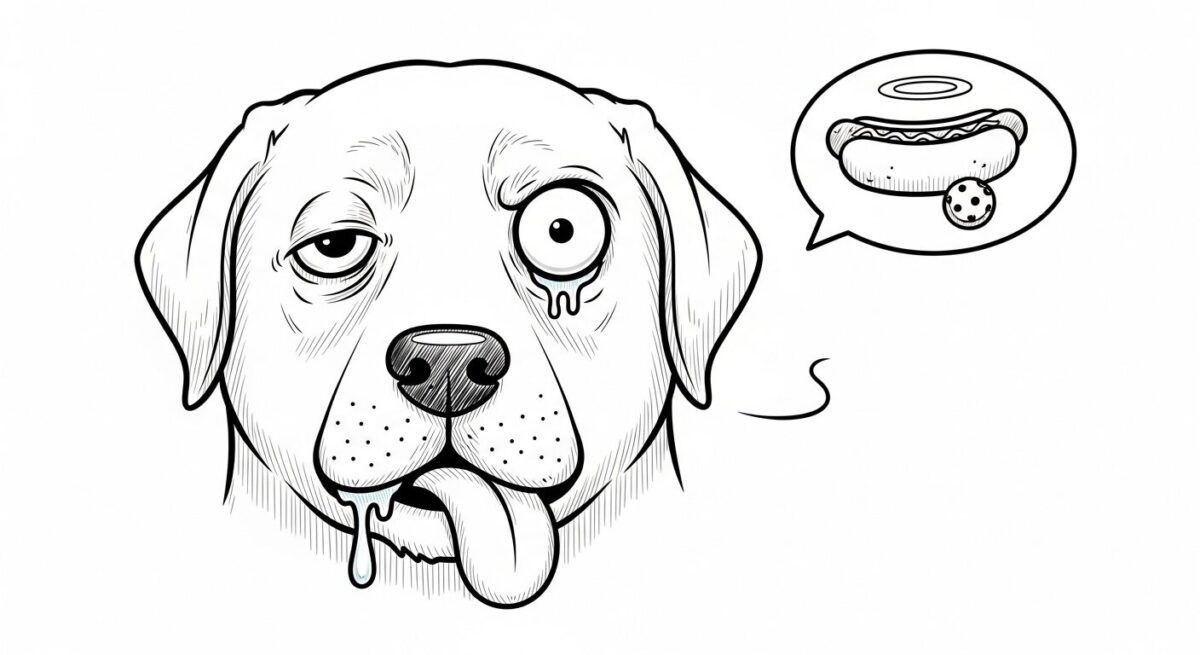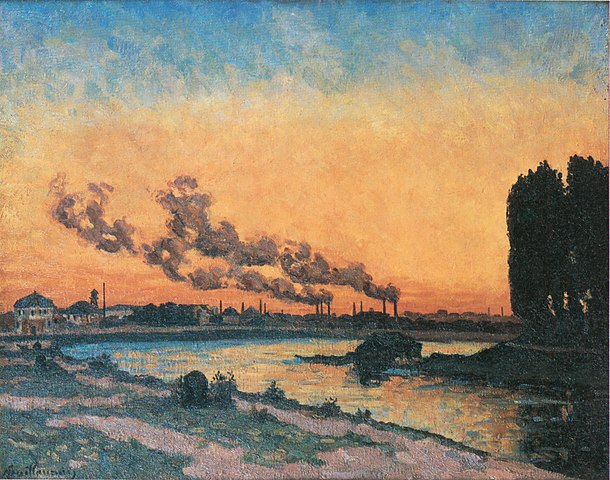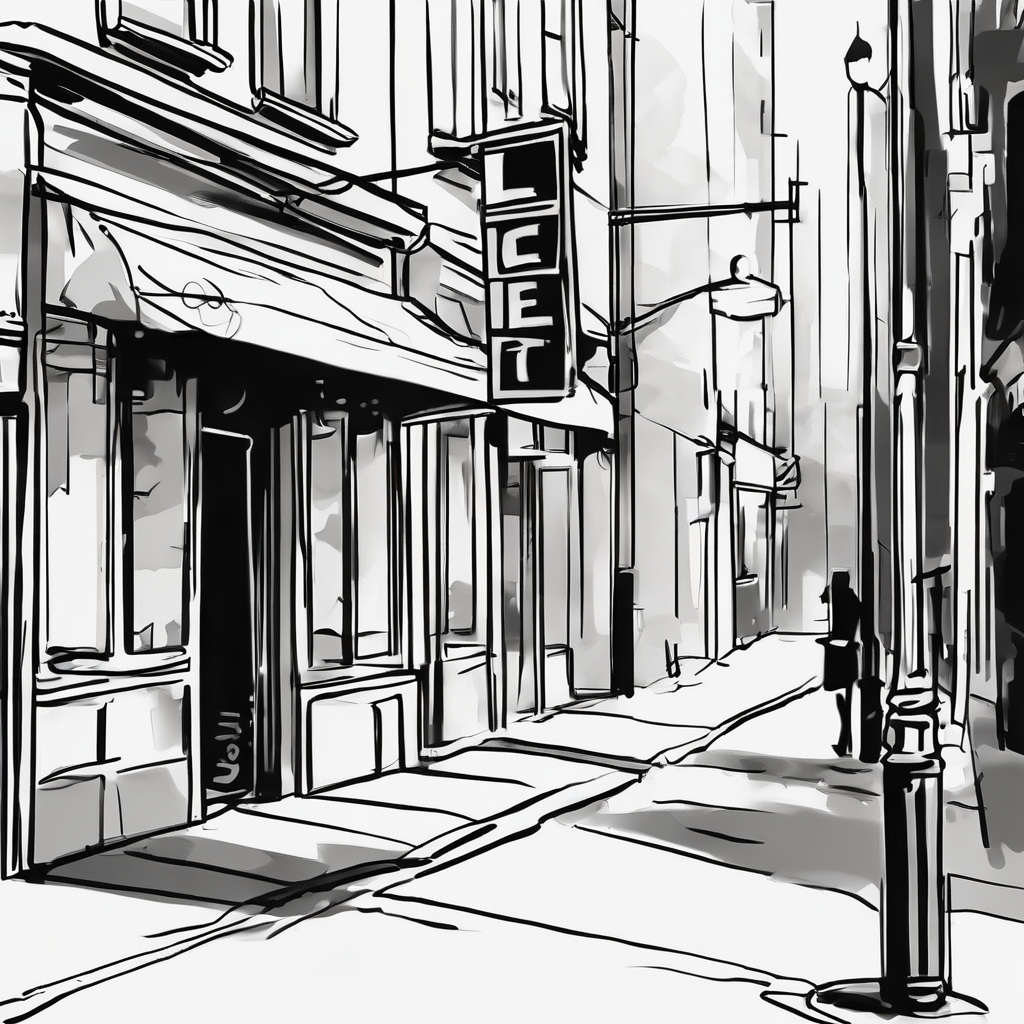Have you ever found yourself sketching random shapes during a boring meeting or drawing swirls in the margins of your notebook? If so, you’re part of a worldwide community of doodlers—and you might be creating real art without even knowing it. The question “is doodling real art?” has sparked passionate debates in classrooms, galleries, and online communities, but the answer might surprise you. While some dismiss doodles as meaningless scribbles, others recognize them as legitimate expressions of creativity with surprising benefits for your brain and well-being.
Key Points Summary
- Doodling is a spontaneous form of drawing that can range from simple shapes to intricate designs
- Historical figures like Leonardo da Vinci and Steve Jobs were known doodlers
- Scientific research shows doodling improves focus by up to 29% and enhances memory retention
- Modern doodle artists are gaining recognition in galleries and social media platforms
- The debate centers on intention vs. spontaneity in defining what qualifies as art
- Doodling offers mental health benefits including stress reduction and creative problem-solving

What Exactly Is Doodling? Breaking Down the Basics
Let’s start with the fundamentals. Doodling is the act of drawing or sketching without a specific plan or purpose in mind. Unlike formal drawing, where artists work with intention and planning, doodling happens almost automatically—while you’re on the phone, listening to a lecture, or waiting for your coffee to brew.
But here’s where it gets interesting: the line between doodling and drawing isn’t always crystal clear. The main difference lies in intention versus spontaneity. When you sit down with a blank canvas planning to create a portrait painting, that’s drawing. When you unconsciously fill a notebook margin with flowers, faces, or geometric patterns, that’s doodling.
Think of doodling as creative exploration without the pressure. There’s no “right” way to do it, no rules to follow, and no expectation of producing a masterpiece. This freedom is exactly what makes doodling so special—and so controversial.
The Great Debate: Can Doodling Really Be Considered Art?
Arguments Against Doodling as Art
Critics of doodling as an art form raise several points:
- Lack of deliberate purpose: Real art requires intention and planning, they argue
- Unconscious creation: If you’re not consciously creating, can it be art?
- Perceived lack of skill: Doodling doesn’t require formal training or technical expertise
- Casual nature: Art should be serious and purposeful, not something done while multitasking
Arguments Supporting Doodling as Art
On the flip side, defenders of doodle art make compelling arguments:
- Personal expression matters: Every doodle reflects the creator’s unique style and emotional state
- Therapeutic value: Art therapy has shown that spontaneous creation has genuine psychological benefits
- Spontaneous creativity: Some argue that unplanned creativity is the purest form of artistic expression
- Subjective nature of art: Who decides what qualifies as art anyway?
“Art is not what you see, but what you make others see.”
Edgar Degas
The truth is that context and intention can transform a simple doodle into recognized art. When a doodle is thoughtfully presented, shared with purpose, or resonates with viewers, it crosses into artistic territory. Many contemporary artists deliberately work in a “doodle style” to capture that spontaneous energy.

Famous Doodlers Throughout History
Doodling has an impressive pedigree. Some of history’s most brilliant minds were avid doodlers:
| Historical Figure | Known For | Doodling Style |
|---|---|---|
| Leonardo da Vinci | Renaissance genius | Mechanical inventions, anatomical studies in margins |
| Pablo Picasso | Cubist master | Abstract figures and spontaneous sketches |
| Jean-Michel Basquiat | Contemporary artist | Street art-inspired doodles that became fine art |
| J.K. Rowling | Harry Potter author | Characters and magical creatures during planning |
| Steve Jobs | Apple co-founder | Geometric patterns during meetings |
These examples prove that doodling isn’t just for the artistically inclined—it’s a universal human behavior that crosses professional boundaries. Leonardo da Vinci’s notebooks, filled with mechanical doodles and spontaneous sketches, are considered priceless artifacts today. His Renaissance art wasn’t limited to formal paintings; his doodles revealed his brilliant, wandering mind.
According to research published by Psychology Today, doodling engages the same creative brain regions that professional artists use when creating intentional works.
The Science-Backed Benefits of Doodling
Ready for some mind-blowing facts? Doodling isn’t just harmless scribbling—it’s actually really good for your brain.
Cognitive Enhancement: Your Brain on Doodles
Scientific studies have revealed impressive mental benefits:
- Improved focus and concentration: Doodling helps prevent your mind from wandering during boring tasks
- Enhanced memory retention: Research shows people who doodle can recall up to 29% more information than non-doodlers
- Better learning and comprehension: Visual processing through doodling helps your brain understand complex concepts
- Boosted problem-solving abilities: The act of doodling can trigger creative solutions to challenging problems
A study conducted by Jackie Andrade at the University of Plymouth found that participants who doodled while listening to a dull phone message recalled 29% more information than those who didn’t doodle.

Emotional and Mental Well-being
Beyond cognitive benefits, doodling serves as a powerful tool for emotional health:
- Stress reduction: Similar to meditation, doodling activates your brain’s relaxation response
- Anxiety relief: The repetitive motions can be calming and grounding
- Mood enhancement: Creating something—even simple scribbles—triggers dopamine release
- Emotional processing: Doodling provides a non-verbal outlet for feelings
Many art therapy practitioners incorporate doodling exercises because they lower the intimidation factor while still providing therapeutic benefits.
Creativity and Innovation
- Unlocks creative flow: Doodling bypasses your inner critic
- Generates new ideas: The freedom of doodling can spark unexpected connections
- Allows risk-free exploration: You can experiment without fear of “ruining” anything
Modern Doodle Art: From Margins to Galleries
The art world has experienced a “doodle revolution” in recent years. What was once dismissed as childish or unprofessional is now celebrated in galleries, museums, and social media feeds worldwide.
Contemporary Doodle Artists Making Waves
Mr. Doodle (Sam Cox) has turned his obsessive doodling into a full-time career, covering entire rooms, cars, and buildings with his intricate black-and-white patterns. His work has been exhibited internationally and sells for thousands of dollars.
Hattie Stewart, known as her “doodle bombs,” transforms magazine covers and advertisements with her colorful, playful additions, creating commentary on consumer culture through doodling.
Joe Whale, nicknamed “The Doodle Boy,” was given permission to cover his school’s walls with doodles after teachers noticed his talent. He now receives commissions from restaurants and businesses.
Sijin Gopinathan creates elaborate doodle mandalas that blend traditional patterns with contemporary design, proving that doodles can be both spontaneous and sophisticated.
Doodling in Professional Contexts
Today’s doodle artists work across multiple industries:
- Digital illustration: Many digital art pieces start as hand-drawn doodles
- Branding and logos: Companies like Google have embraced doodle aesthetics for their “Google Doodles”
- Animation and comics: Many animators develop characters through exploratory doodling
- Interior design: Doodle murals are increasingly popular in restaurants, offices, and homes
The rise of social media platforms like Instagram has created thriving doodle art communities where artists share their work, techniques, and inspiration with millions of followers.
Is Doodling Real Art? The Verdict
So, is doodling real art? The answer depends on how you define art—and that’s exactly the point. Art has always been about pushing boundaries and challenging definitions.
If we accept that art is about personal expression, emotional resonance, and creative communication, then yes, doodling absolutely qualifies as art. The spontaneity that critics point to as a weakness might actually be doodling’s greatest strength. Like abstract art or impressionism, doodle art challenges us to find beauty and meaning in the unexpected.
The key insight is this: intention can be applied retroactively. You might create a doodle without artistic intention, but if you later recognize its beauty, share it with others, or use it as inspiration for more developed work, it becomes art through that act of recognition and presentation.
Embracing Your Inner Doodler: Practical Tips
Ready to explore your doodling potential? Here’s how to get started:

For Beginners
- Let go of perfection: Your doodles don’t need to impress anyone
- Doodle regularly: Keep a dedicated doodle notebook or use margins freely
- Experiment with tools: Try pens, pencils, markers, or even watercolor painting
- No judgment zone: Don’t criticize your own work—just create
- Find your triggers: Notice when you naturally doodle and embrace those moments
Taking It Further
- Try themed doodling: Challenge yourself to doodle within specific subjects
- Join online communities: Share your work on platforms like Instagram or Reddit’s r/doodles
- Combine techniques: Mix doodling with other art forms you enjoy
- Create a doodle series: Develop recurring characters or patterns
- Consider art classes: Learn techniques while maintaining doodling’s spontaneity
Doodle Away!
How to Use This Doodle Tool:
- Generate a Sketch: Type a subject (like “cat” or “tree”) and click Generate Sketch
- Load to Canvas: Click Load to Canvas to start drawing on your AI sketch
- Draw: Use the Pen tool to draw, Eraser to remove, and adjust Size as needed
- Clear/Download: Clear to start over, Download to save your artwork
Tip: Use simple subjects like animals, objects, or nature for best sketch results!
Frequently Asked Questions About Doodling
What are the benefits of doodling?
Doodling offers numerous cognitive and emotional benefits, including improved focus and concentration, enhanced memory retention (up to 29% better recall), reduced stress and anxiety, increased creativity, and better problem-solving abilities. It serves as a form of meditation and can improve your overall mental well-being.
Can doodling be considered a form of art?
Yes, doodling can absolutely be considered art. While traditional definitions emphasize intentionality, modern art theory recognizes that personal expression, creativity, and emotional resonance—all present in doodling—are fundamental qualities of art. Many professional artists work in doodle styles, and doodle art is increasingly displayed in galleries and collections.
Are there famous artists who doodle?
Many renowned figures throughout history were avid doodlers, including Leonardo da Vinci, Pablo Picasso, Jean-Michel Basquiat, Keith Haring, and Joan Miró. Contemporary doodle artists like Mr. Doodle, Hattie Stewart, and Joe Whale have built successful careers around their doodling practice.
What is the difference between doodling and drawing?
The primary difference lies in intention and planning. Drawing typically involves deliberate purpose, planning, and technical execution toward a specific goal. Doodling is more spontaneous, unconscious, and exploratory—often done while multitasking or thinking about something else. However, the line between them can blur, especially when doodlers work more intentionally.
How does doodling affect the brain?
Doodling activates multiple brain regions simultaneously, including areas responsible for visual processing, motor coordination, memory formation, and creativity. It helps maintain focus during tedious tasks by preventing mind-wandering, strengthens memory consolidation, and triggers the brain’s default mode network, which is associated with creative thinking and problem-solving.
The Bottom Line: Your Doodles Matter
Whether you’re sketching during a conference call or filling notebook margins with intricate patterns, your doodling habit deserves respect—not judgment. Is doodling real art? The evidence overwhelmingly suggests yes, but perhaps more importantly, it’s a valuable creative practice with genuine benefits for your brain, emotions, and overall well-being.
The next time someone catches you doodling and implies you’re wasting time, you can confidently explain that you’re actually engaging in a scientifically-proven cognitive enhancement technique practiced by some of history’s greatest minds. Your seemingly mindless scribbles might be more artistic—and more important—than you ever imagined. So grab your pen, embrace your inner doodler, and remember: in the world of art, there are no wrong marks, only unexplored possibilities.

Additional Resources
- American Art Therapy Association – Information on therapeutic applications of art, including doodling
- The Doodle Revolution by Sunni Brown – Comprehensive guide to visual thinking and doodling benefits
- Psychology Today: The Science of Doodling – Research on cognitive benefits
- TED Talk: Doodlers, Unite! – Sunni Brown’s influential presentation on doodling
- National Doodle Day – Annual charity event celebrating doodle art
- Mr. Doodle’s Official Website – Contemporary doodle artist portfolio



